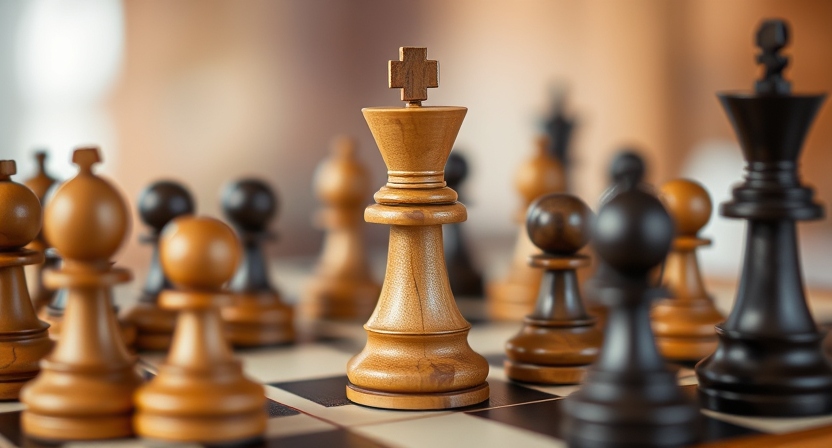Chess Pieces: A Deep Dive into the Game and Its Strategy
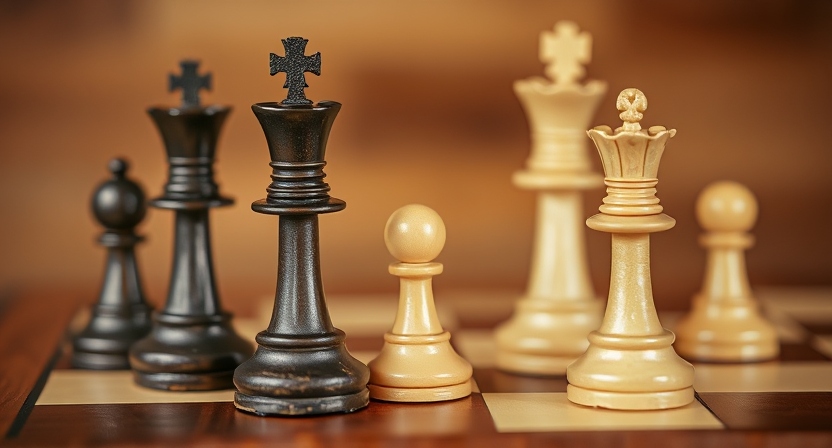
Chess Pieces
Chess is more than just a game; it’s a battle of wits, strategy, and intellect. Central to this iconic game are the chess pieces, each with unique moves and roles that form the essence of the game. This blog explores the history, roles, and strategies involving chess pieces while providing a beginner-friendly guide for enthusiasts in the United States. Whether you’re new to chess or a seasoned player, this post will deepen your understanding of the game.
Visit the official Chess website for latest updates, puzzles, news and many more: https://www.chess.com/
History of Chess and Its Pieces
The origins of chess date back over 1,500 years to northern India, where it was known as Chaturanga. The game later spread to Persia, Europe, and beyond, evolving into the modern chess we know today. Over centuries, the design of chess pieces has changed dramatically. From ornate medieval carvings to minimalist modern designs, chess pieces symbolize not only gameplay but also art and culture.
The Chess Pieces: Roles and Characteristics
Each chess piece plays a vital role in the game. Let’s break down the chess pieces and their functions:
1. The King
- Importance: The king is the most crucial piece; if it’s checkmated, the game ends.
- Movement: Moves one square in any direction.
- Strategy: While the king starts off as a protected piece, in the endgame, it becomes an active participant.
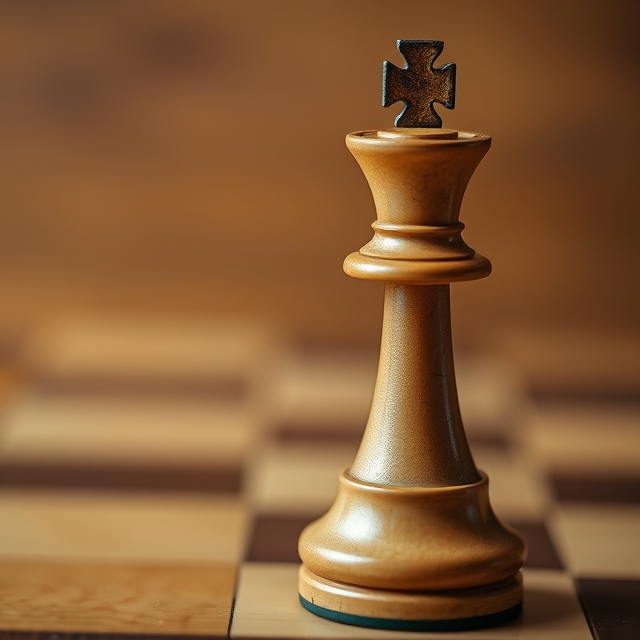
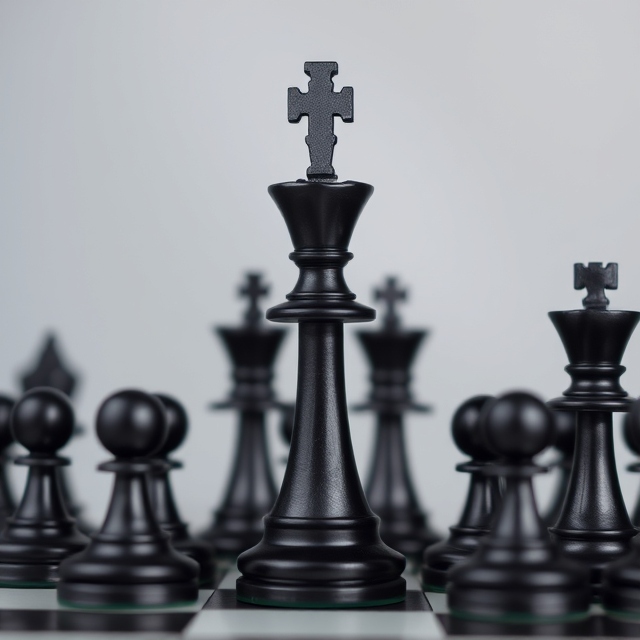
2. The Queen
- Importance: The queen is the most powerful piece.
- Movement: Moves any number of squares in any direction.
- Strategy: Early use of the queen can be risky, but in the midgame, it dominates the board.
3. The Rook
- Importance: Known as the “castle,” it controls open files and ranks.
- Movement: Moves horizontally or vertically any number of squares.
- Strategy: Rooks are often saved for the endgame when they shine in open positions.


4. The Bishop
- Importance: Bishops excel in diagonal control.
- Movement: Moves diagonally across any number of squares.
- Strategy: Use bishops in tandem to dominate both light and dark squares.
5. The Knight
- Importance: The knight’s unique L-shaped move makes it unpredictable.
- Movement: Moves in an “L” shape: two squares in one direction and one square perpendicular.
- Strategy: Ideal for controlling the center and executing fork attacks.
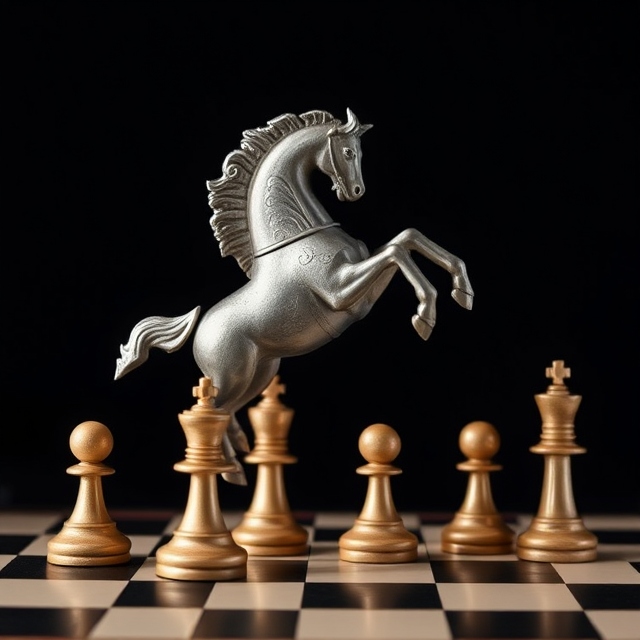
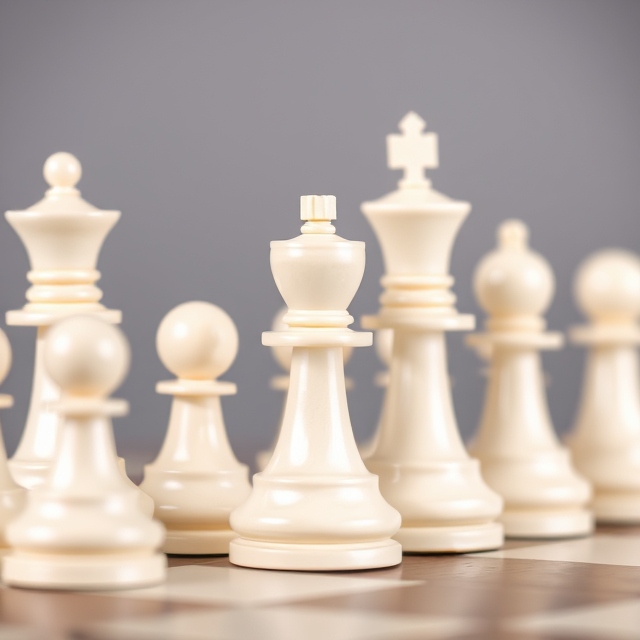
6. The Pawn
- Importance: Pawns are the foot soldiers of chess, often underestimated.
- Movement: Moves one square forward but captures diagonally.
- Special Moves: En passant and promotion.
- Strategy: Pawns can transform into queens, making them pivotal in the endgame.
Strategies Involving Chess Pieces
Understanding the roles of chess pieces is just the beginning. Strategy comes into play when you learn to use them effectively. Here are some essential strategies:
1. Control the Center
The center of the board is the most critical area. Pieces like pawns, knights, and bishops are vital in controlling these squares.
2. Develop Your Pieces
Don’t leave your pieces idle. Develop them early to maximize their influence on the board.
3. King Safety
Always prioritize king safety. Castling is an essential move to protect your king.
4. Piece Coordination
Pieces work best when they support each other. Rooks, for example, are most effective when connected.
5. Endgame Mastery
In the endgame, pawns and kings play crucial roles. Learn pawn promotion tactics and king activity.
The Aesthetic and Symbolism of Chess Pieces
In addition to their roles in gameplay, chess pieces are celebrated for their aesthetic and symbolic significance. Luxury chess sets feature pieces made from wood, marble, and even gold, often doubling as decorative items. Each piece embodies a social hierarchy, reflecting its origins in medieval society.
Famous Chess Matches Featuring Iconic Chess Pieces
The brilliance of chess pieces shines in historic games. For instance:
- Bobby Fischer vs. Boris Spassky (1972): The queen played a decisive role in Fischer’s victory.
- Deep Blue vs. Garry Kasparov (1997): Highlighted the power of precise pawn moves.
How to Choose the Right Chess Set for You
When buying a chess set, consider:
- Material: Wood, plastic, or metal.
- Design: Traditional Staunton or themed designs.
- Size: Travel-friendly or full-size.
Chess Pieces in Modern Pop Culture
Chess pieces have become cultural icons, appearing in movies, TV shows, and art. Netflix’s The Queen’s Gambit sparked a renewed interest in chess, with chess pieces taking center stage in marketing and merchandise.
Digital Chess: Bringing Chess Pieces to Life Online
Online chess platforms like Chess.com and Lichess.org make chess accessible to everyone. Animated chess pieces, online tutorials, and AI opponents bring the game to life for beginners and professionals alike.





